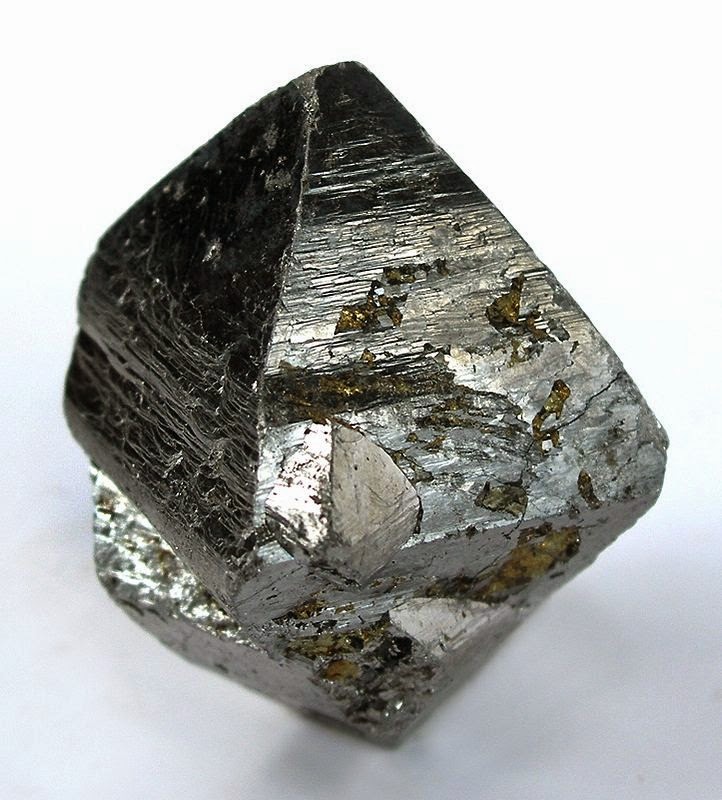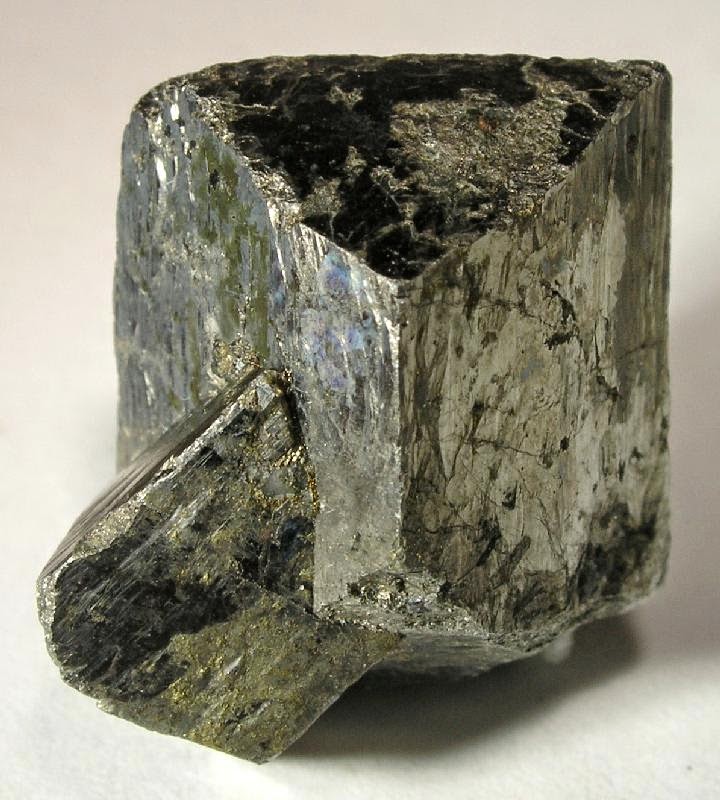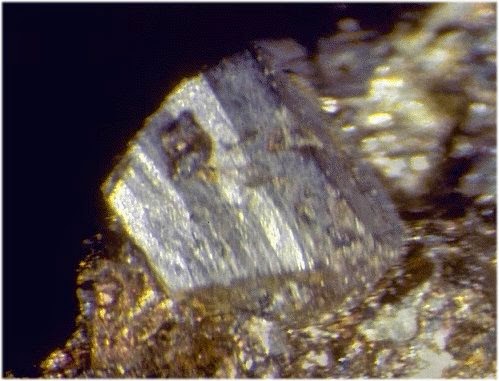
Chemical Formula: (Co,Fe)AsS
Locality: In Sweden, at Hakansbo, Vastmanland, as large twinned and untwinned crystals.
Name Origin: From the Greek for “blue,” in reference to its use in the dark blue glass called smalt.
Glaucodot is a cobalt iron arsenic sulfide mineral with formula: (Co,Fe)AsS. The cobalt:iron(II) ratio is typically 3:1 with minor nickel substituting. It forms a series with arsenopyrite (FeAsS). It is an opaque grey to tin-white typically found as massive forms without external crystal form. It crystallizes in the orthorhombic system. The locality at Håkansboda, Sweden has rare twinned dipyramidal crystals . It is brittle with a Mohs hardness of 5 and a specific gravity of 5.95. It occurs in high temperature hydrothermal deposits with pyrrhotite and chalcopyrite. Glaucodot is classed as a sulfide in the arsenopyrite löllingite group.
Glaucodot was first described in 1849 in Huasco, Valparaíso Province, Chile. Its name originates from the Greek γλανκός (“blue”) in reference to its use in the dark blue glass called smalt.
Physical Properties
Cleavage: {010} Perfect, {101} Distinct
Color: Grayish tin white, Reddish silver white.
Density: 5.9 – 6.01, Average = 5.95
Diaphaneity: Opaque
Fracture: Brittle – Uneven – Very brittle fracture producing uneven fragments.
Hardness: 5 – Apatite
Luminescence: Non-fluorescent.
Luster: Metallic
Streak: black
Photos :












